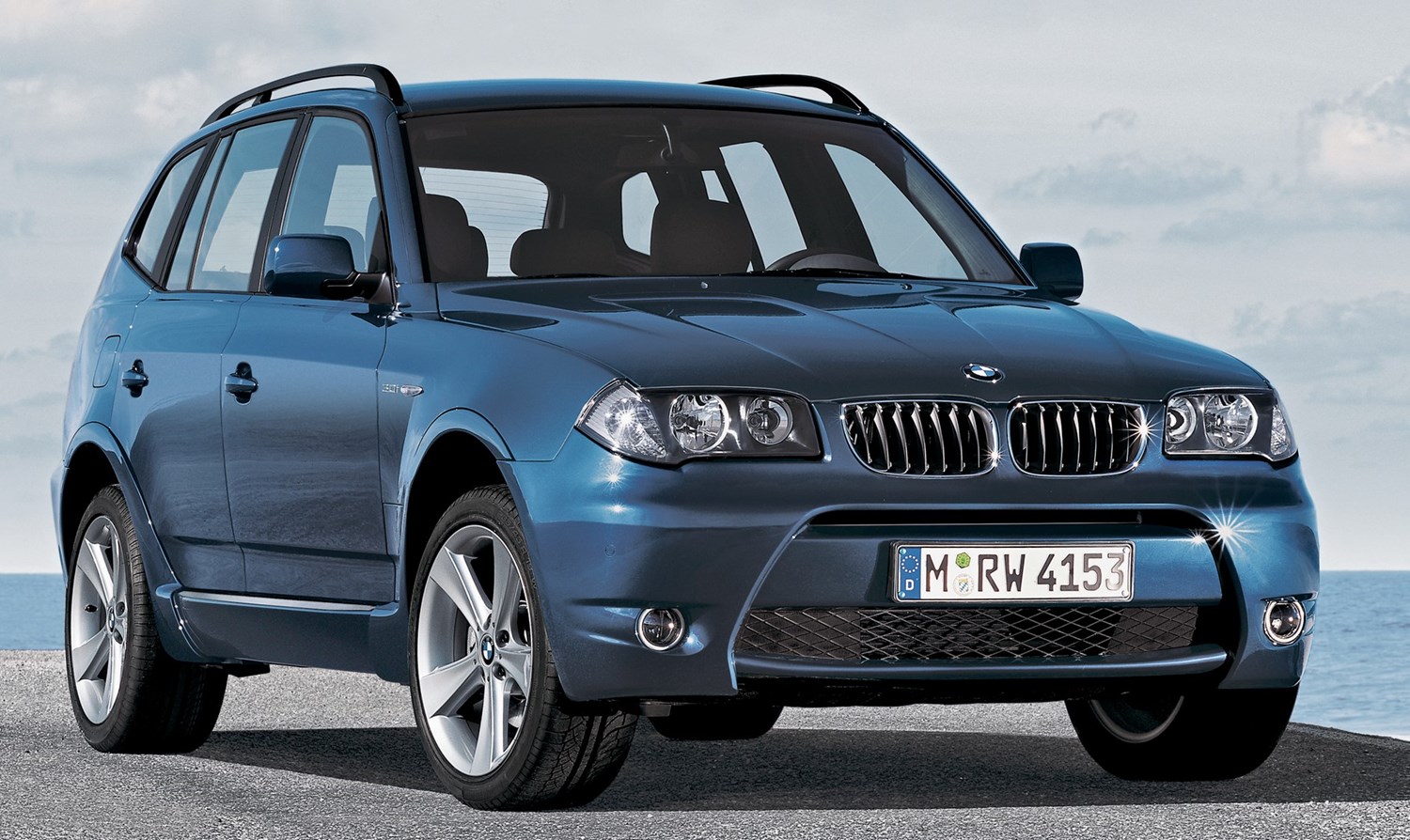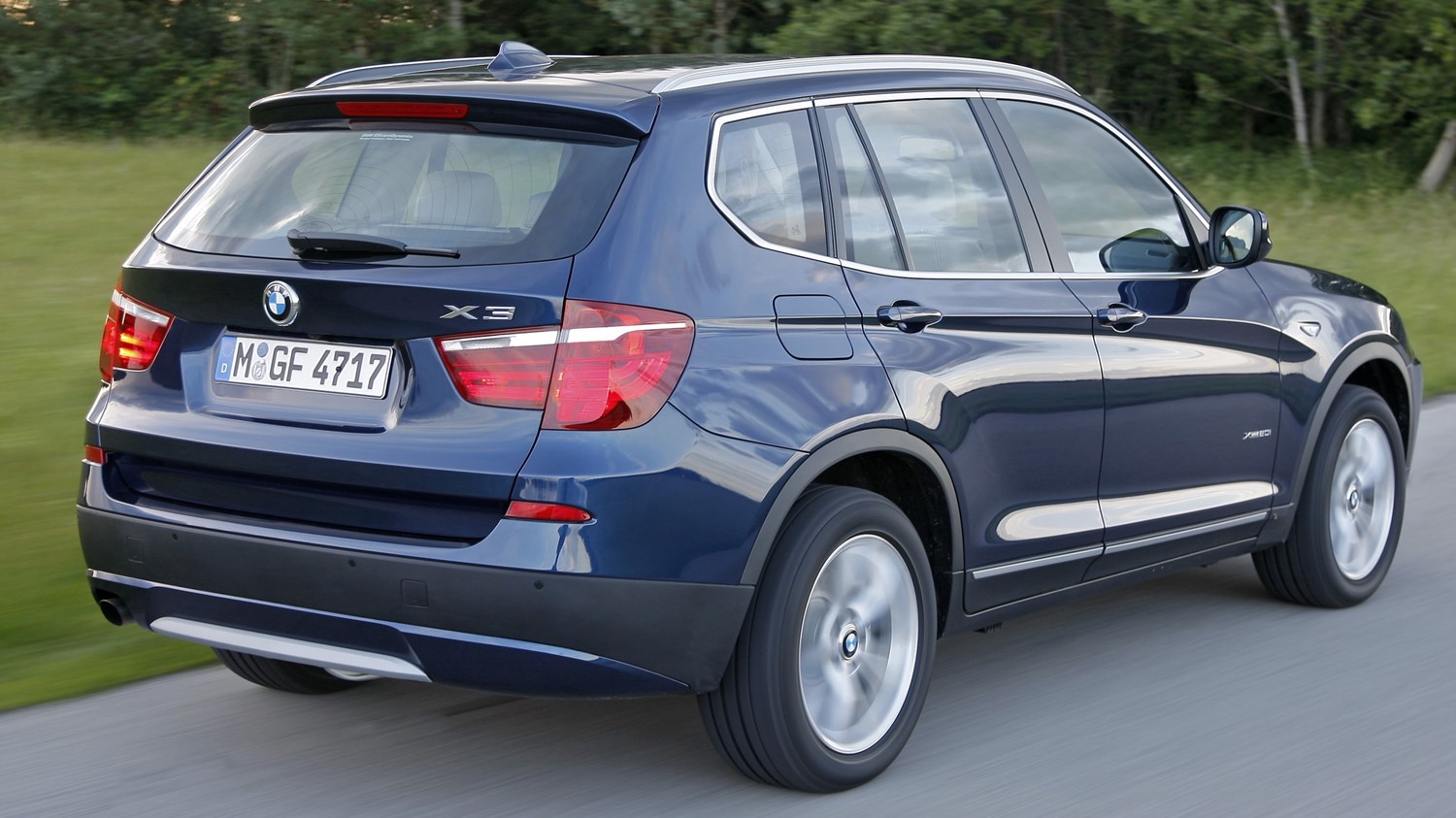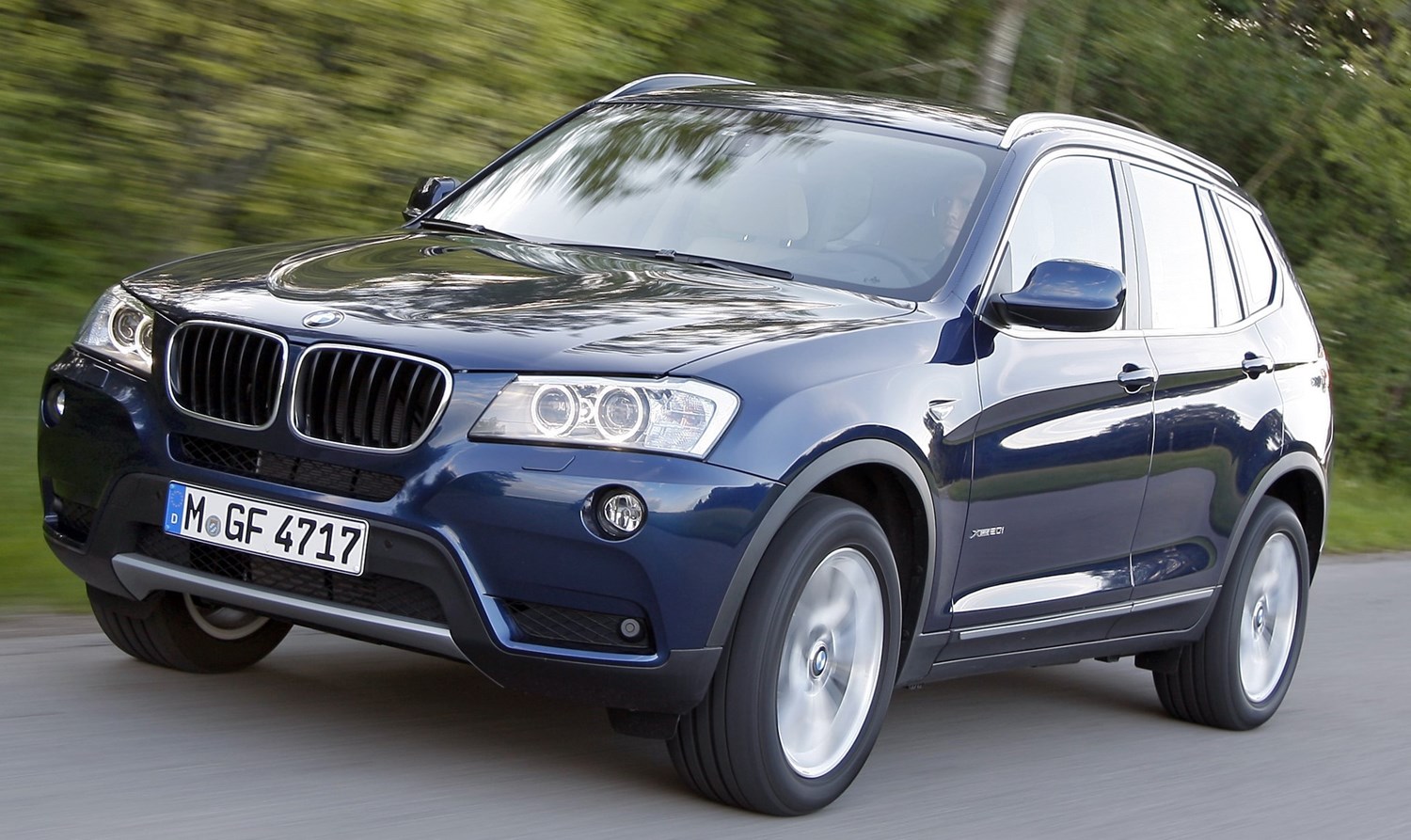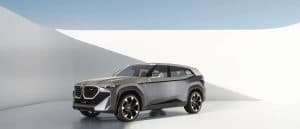Model Review
The X3 was introduced in 2004 and started the race for dominance in the mid-size SUV market among some of the industry’s premium brands.
Even though it performed well in terms of sales, the first generation X3 was far from good on the road, as it was no fun to drive and struggled off-road – something that BMW should have been on top of.
With the second – and current – generation X3 came to the market in 2010, BMW had solved many of those problems by making it much more competent on the rough stuff and more composed on tarmac.
BMW updated the model in 2014 by giving it mild facelift and Euro-6 conforming diesel engines, which returned much better emissions and fuel economy.
Latest Model
Originally brought to the market in 2010, the Mk II X3 came with a much-improved chassis and a more capable interior layout that helped to improve overall drive and practicality respectively.
With the update in 2014, BMW made it more efficient with a new range of diesel engines that offered more performance but lower emissions, as well as an evolved exterior design.
New cosmetic features were also added, but the chassis and overall feel of the car stayed the same, which was a good thing.
As the model that started the mid-size premium SUV segment, the X3 does have a lot of challengers that have even surpassed it in terms of quality and performance, but the X3 does have plenty of good things going for it and is among a small yet competitive group.
Value for money
From the base SE spec, the X3 does come with plenty of features – as its rivals do also – and they include two-zone automatic air conditioning, Bluetooth hands-free and media streaming, front and rear park distance control, xDrive four-wheel drive system, automatic tailgate, cruise control with braking assist and hill descent control to name but a few.
The X3 is crammed with plenty of accessories besides those mentioned but £34,455 starting price may seem a bit excessive when some high-spec large SUVs from cheaper brands can offer similar features for the same or less.
If you want the current X3 but with a bit more bang for your buck, there are used options with high levels of spec available. For example, an M Sport-trimmed xDrive35d model from 2015 is on the market for £33,991, which produces 309bhp from its 3.0-litre diesel unit that is paired with an automatic transmission.
With the model you get satellite navigation, M-specific aerodynamic styling, variable damper control, high beam assistant, heated sport front seats, an improved speaker system, multi-function leather steering wheel and head-up display. Also coming with only 9,202 miles on the odometer, this model is still rather fresh and this is just one of many that are on offer on the pre-owned market.
Looks and image
BMW has managed to refine the looks of their SUVs and the latest generation X3 is arguably the best-looking of the bunch. With the muscular exterior design and well-proportioned stature, the X3 has fantastic road presence and with short overhangs at each end of the chassis it is built to cope off the beaten track, although the X3’s technology does affect its overall off-road performance.
The interior is, however, very safe, very BMW and quite sterile to be completely honest. It is laid out well though and all the infotainment controls are simple to use, but a much needed update and new generation is coming before the end of 2017.
As some can feel cumbersome and sluggish through the corners, the X3 does its level best to be as saloon-like as possible and BMW has done a very good job. With the help of the as-standard xDrive all-wheel drive system, grip isn’t hard to come by and with the help of a balanced chassis and well-engineered suspension, all X3 models handle very well.
The optional adaptive suspension improves the ride and handling even further, so that option and trim level is well worth looking at. Despite being a big car, it is agile and body roll is kept in check surprisingly well.
Comfort-wise the X3 does well with the standard suspension as it soaks up most bumps and potholes comfortably but can be unsettled on more uneven surfaces. The M Sport fairs much worse, however, as it doesn’t settle down on most surfaces and can feel very firm especially when specced with the 19-inch alloys that come as standard with that trim level.
We’d recommend the adaptive suspension as it will more than cope with comfort and dynamic driving at the touch of a button. Passenger space is quite good too, although the middle passenger seat on the rear set can feel cramped if used for too long as the transmission tunnel takes out a lot of legroom and the rear bench isn’t quite wide enough.
Space and practicality
With the wider and slightly taller body, the X3’s practicality has improved and the adaptive interior helps the owner to make the most of the space. There’s 550 litres of boot space on offer, which is more than the Audi Q5 but when compared to the Discovery Sport – which has seven seats and two seats that fold down flat in the rear – the X3 can’t really compete.
The seating layout is flexible though, and the rear seats come as standard in a 60/40 split with the option to change to a 40/20/40 split available. There are door and seat pockets included as standard for extra storage.
The X3 performs well in the aspect of safety, scoring five stars on the Euro NCAP tests including an 88 per cent rating for adult occupants and a child passenger score of 83 per cent. Although the 2010 model didn’t come with many safety systems, the 2014 update brought much newer technologies, such as adaptive LED headlights, driving assistant plus, lane change warning system and high beam assistant – although some are costly extras.
For families that want a premium feeling and well-equipped SUV, this X3 is definitely a contender thanks to its practicality, adaptability and high level of safety. Coming with Isofix points on the rear seats for the fixture of child seats and other accessories, as well as a big boot for carrying even more things and a comfortable driving experience, the X3 could be the family car for you.
Engines
For the X3 it is a diesel-only line-up and you have three options in the guise of the 20d, 30d and 35d. The 20d is a four-cylinder 187bhp unit, which has a not-too-shabby 8.1 seconds to 60mph time, and is the engine that is likely to be the most popular thanks to its lower emissions and good economy rating.
Both the 30d (255bhp) and 35d (309bhp) are much more powerful and offer under 6-second 0-60mph times, which for a big car is rather impressive. All engines fitted to M Sport-trimmed models go with a sport automatic, while for xLine and SE models you have the choice of manual or automatic transmissions. All engines come with the four-wheel drive system also.
Running costs
All the models are quite economical in respect of the X3’s size, with the base spec 20d achieving up to 57.6mpg with the automatic box at its disposal. The 30d and 35d can do well also, with the 30d capable of 49.6mpg and the 35d of 47.1mpg. Emissions are as you would expect for an SUV, with the lowest level being with the 20d emitting – at best – 129g/km, putting it in the £140 bracket for road tax. The rest fit into the £160 or £200 bracket for road tax in their first year.
Every year after costs £140. The low-end SE line fits into insurance group 30, while the top end M Sport model with the 35d engine fit into group 43. Every other engine and trim fit in between.
Things to look out for
The BMW X3 has suffered from some recalls and problems, especially in the current generation. Those include faults to the fuel filter that could cause fires, engine emergency modes being activated whilst the car is in motion and power steering not performing at the correct level, which are all capable of causing plenty of problems. BMWs also have a reputation of having problems and niggles here and there, so it always worth checking the vehicle’s history if you’re buying a used model.
Rivals
The Mercedes-Benz GLC and Audi Q5 are the X3’s rivals from its German competitors, with all three competing very closely with each other, while two British models in the shape of the Jaguar F-PACE and Land Rover Discovery Sport are two very good options as well. Clearly since the X3 was originally brought to market the battle for dominance in the mid-size SUV sector has got even fiercer and customers now have plenty of options.
Depreciation warning
Thanks to the badge on the bonnet, body type and diesel engines, the X3 has been a great option on the used market, holding well above 50 per cent of its original value after a three-year period.





